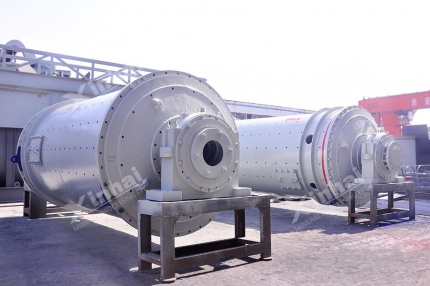Grinding operation is the final stage of preparation before the election. The ore is impacted and ground by balls or itself in the ball mill. After grinding work, the ore is carried into election operation. So the quality of milled products is very important. In practical work, operating rate, productivity, specific productivity, grinding efficiency, and technology index are often taken as the standard to evaluate the quality of the grinding work.
Use the table of contents below to navigate through the guide:
011. Operating Rate
Ball mill operating rate is the ratio, which the actual time of operating is to the total hours' calendar during the work. The ration is usually calculated once a month. The mill operating rate of the whole plant is calculated according to the average value of all mills, and the actual operation also includes the idle time. The operating rate is a reflection of the technical state of the ball mill and the factory management level. Most ball mill operating rate is between 90% -98%, Xinhai with the EPC service designed some dressing plant for the customers, and Xinhai can ensure the ball mill operating rate, which can reach as high as 98%.
022. Mill Productivity and Specific Productivity
The mill productivity refers to the amount of material fed into the Ball mill per unit of time. Specific productivity refers to the amount of the milled particle with the size of -0.074mm, per time in one unit set of ball mill. Both are a quantitative representation of the ball mill grinding capacity.
033. The Grinding Efficiency
It refers to the amount of grinding material per 1kW·h in the process. In practice, it refers to the tons of new feeding grinding production per 1kW·h. It can be shown like X t/1kW·h (with the particle size of -0.074mm). Grinding efficiency evaluate the grinding work from the perspective of energy consumption. The second representation is a better way to reflect energy consumption and grinding effect of grinding equipment, even the close relationship.


 marketing@ytxinhai.com
marketing@ytxinhai.com  0086 13810327080
0086 13810327080 






































































































 CHAT
CHAT MESSAGE
MESSAGE.jpg)


